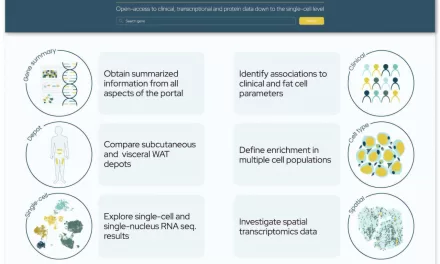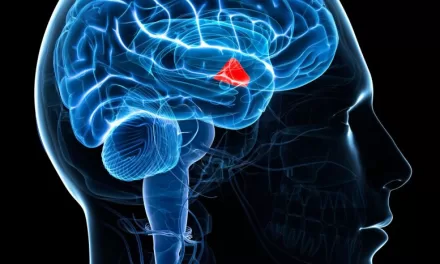Researchers at Karolinska Institutet have developed a groundbreaking method to study liver function and diseases in mice without the need for invasive procedures. By transplanting small 3D cell cultures, known as spheroids, into the anterior chamber of the eye, the cornea becomes a window into the body, enabling the continuous monitoring of liver health over time. The study, published in the journal Nature Communications, opens new possibilities for studying the liver’s role in metabolic diseases such as obesity, type 2 diabetes, and fatty liver disease.
The researchers transplanted liver cell spheroids into the eye of mice, where they attached to the iris, developed blood vessels, and retained typical liver characteristics. This novel approach allows scientists to observe changes in the liver’s health throughout the mouse’s lifespan. Notably, the spheroids acted as markers for fatty liver disease, showcasing their potential in monitoring metabolic disorders.
The technique provides a unique opportunity to study early disease mechanisms and understand the liver’s role in metabolic diseases without invasive methods. With the rise of metabolic diseases, including obesity and type 2 diabetes, this innovative platform offers a valuable tool for detailed monitoring at the cellular level. The researchers aim to utilize this method to test various drugs and treatment strategies for metabolic diseases.
Professor Per-Olof Berggren’s research group, pioneers in transplanting cells to the eye’s anterior chamber, previously focused on studying pancreatic islets for type 2 diabetes. Now, the extension of this platform to liver research demonstrates its versatility and potential for various medical applications.
The study received funding from several organizations, including the European Research Council, the Erling Persson Foundation, the Knut and Alice Wallenberg Foundation, Karolinska Institutet, and others.
Note: The innovative method opens new avenues for studying liver health and diseases in mice, providing valuable insights into metabolic disorders and potential treatment strategies.












